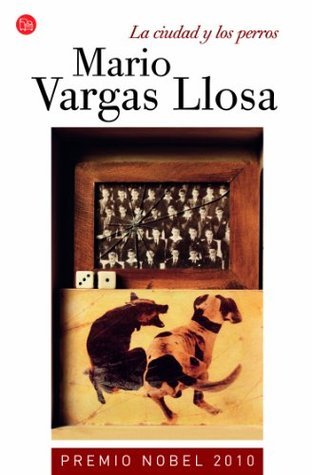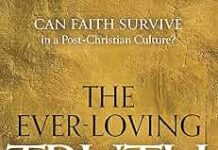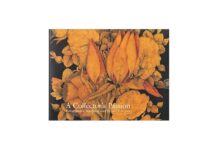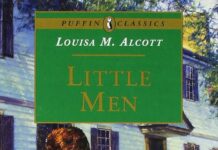In the labyrinthine corridors of military discipline and the shadowy contours of human despair, Mario Vargas LlosaS La Ciudad y los Perros (“The Time of the Hero”) emerges as a stark and unflinching exploration of authority, violence, and the fragile boundaries of loyalty. This landmark novel, set against the backdrop of a Peruvian military academy, peels back the veneer of order to reveal the raw and often brutal realities that fester beneath. In this review, we delve into Vargas Llosa’s incisive narrative, examining how his vivid portrayal of institutional oppression and individual resistance continues to resonate, inviting readers to confront uncomfortable truths about power, conformity, and the cost of survival.
Exploring the Harsh Realities of Military School Discipline and Its Impact on Youth Identity in La Ciudad y los Perros
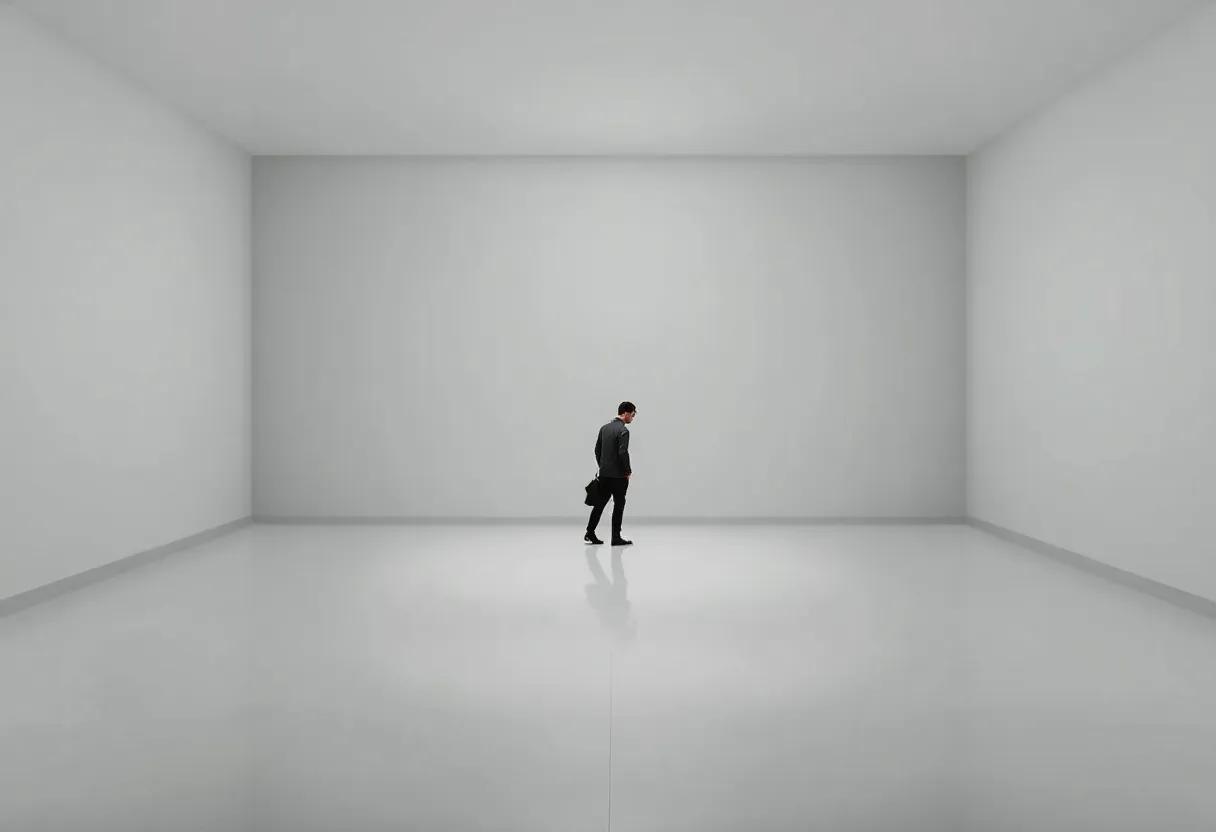
Within the austere walls of the military school depicted in La Ciudad y los Perros, discipline transcends mere order-it becomes an instrument of psychological force that molds, fractures, and sometimes shatters the young cadets’ developing identities. The rigid hierarchy, enforced through both physical punishment and emotional intimidation, cultivates an environment where fear and submission suppress individuality. This unforgiving system pressures youths into conformity,effectively eroding their sense of self while imposing a collective identity defined by obedience and silence. Here,discipline is portrayed not as a constructive tool,but as a brutal mechanism that extracts vulnerability and reinforces power dynamics among peers and authority figures alike.
vargas Llosa masterfully reveals the paradoxical consequences of such an oppressive educational regime, where survival depends on navigating a complex web of:
- Peer rivalry fueled by distrust and competition
- Institutional violence normalized as a rite of passage
- Emotional alienation amid forced camaraderie
These elements combine to distort the cadets’ fledgling identities, leaving indelible marks on their psyche. the novel invites readers to reflect on how strict militaristic discipline shapes-sometimes irreparably-the contours of youth identity, highlighting a broader commentary on authority, repression, and the loss of innocence within oppressive social structures.
The Intricate Web of Power Dynamics and social Hierarchies Among Cadets in Vargas Llosa’s Narrative
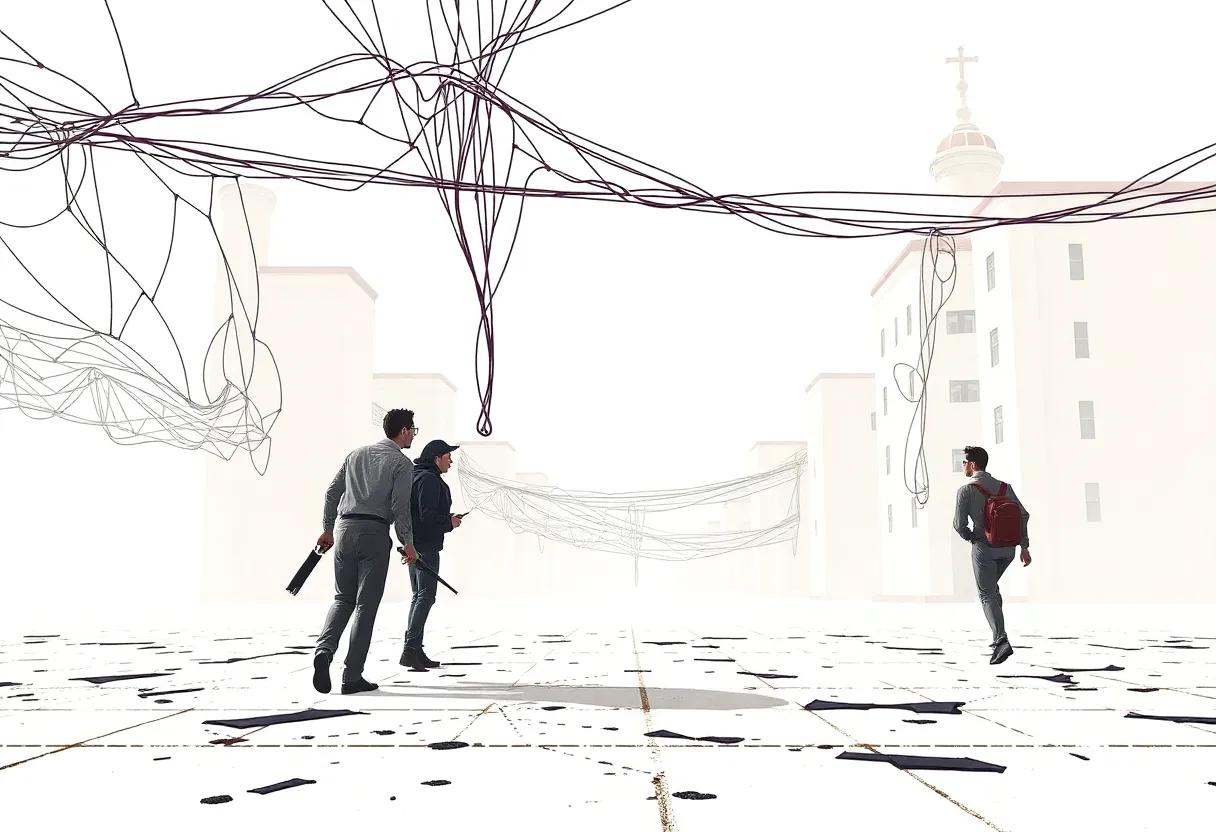
Within the walls of the Leoncio Prado Military Academy, power is a currency controlled by unwritten codes and brutal rituals, deeply shaping every aspect of cadet life. Vargas Llosa crafts a microcosm of society where authority is never just hierarchical-it is performative and corrosive, breeding both complicity and rebellion. The cadets are entangled in subtle manipulations, alliances, and betrayals, where respect and fear are tightly interwoven. Dominance is asserted through physical might, psychological torment, and moral ambiguity, creating a volatile ecosystem where social ranks fluctuate as swiftly as the tides of adolescence and militarism.
These rigid social strata are punctuated by informal roles that emerge spontaneously, yet power remains centralized in a few. Below is a simplified glimpse at the academy’s social spectrum, revealing the latent tensions at play:
| Role | Power Dynamics | Impact on Cadets |
|---|---|---|
| Upperclassmen | Enforce discipline, control privileges | Intimidate and mold younger cadets |
| Junior Cadets | Subject to hazing, must conform | Nurture fears and ambitions |
| Outsiders (Unfavored) | isolated, face exclusion | Develop resilience or despair |
This stratification doesn’t merely dictate behavior; it infiltrates identity itself, pushing characters to adopt masks of strength or vulnerability. The constant jockeying for status turns the academy into a battlefield where survival often means surrendering one’s moral compass. Yet,Vargas Llosa subtly reveals moments where cracks appear in this armor-gestures of solidarity or quiet defiance hint at the possibility of humanity persisting amidst the brutality.
- Power is performative: Rules are enforced as much by fear as by ritual.
- Hierarchy is fluid: Social standings can shift with acts of courage or cowardice.
- Isolation breeds complexity: Those marginalized reflect the system’s inherent contradictions.
Unraveling the Themes of Alienation and Despair Through Vivid Character Portrayals and Emotional Depth
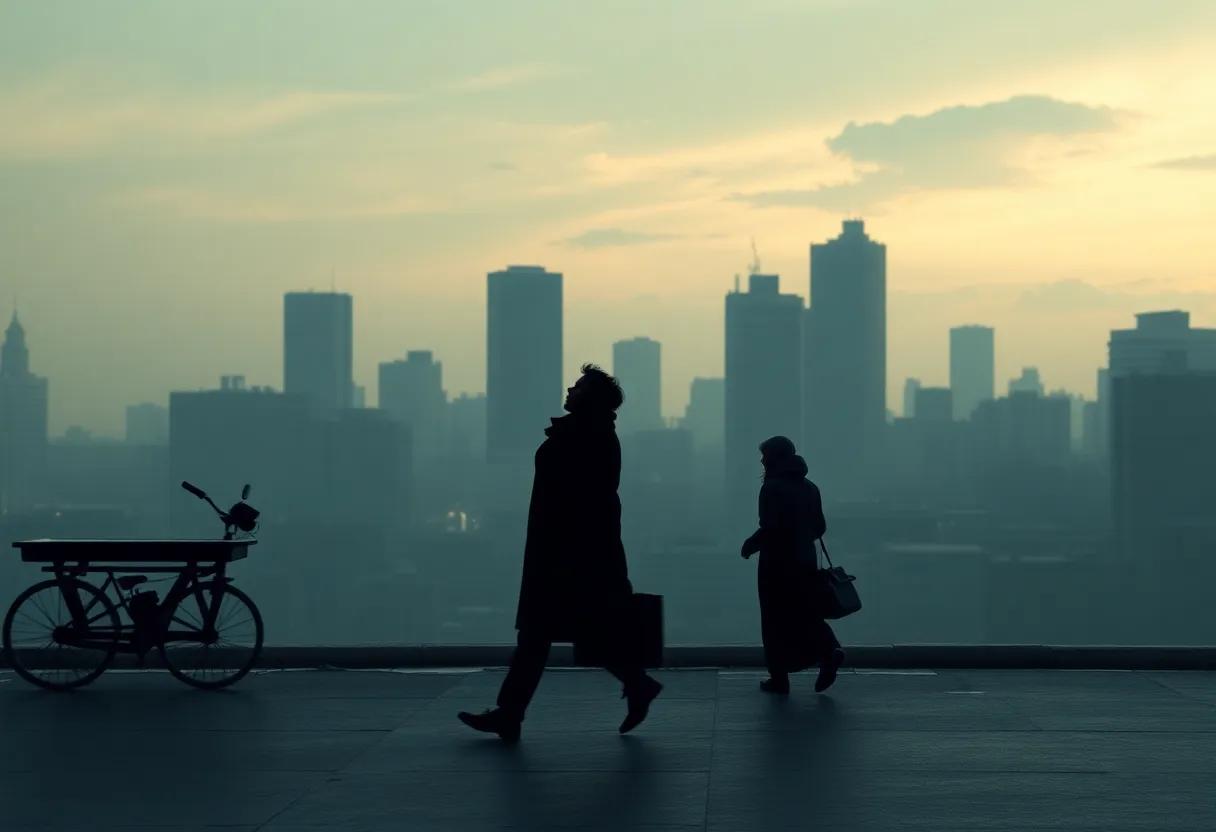
Vargas Llosa masterfully crafts characters that are not merely players in a narrative but embodiments of profound emotional struggle.Through their sharply delineated personalities, readers encounter the suffocating grip of isolation within the rigid walls of the military academy. Each figure reveals a unique facet of alienation-from the stoic lieutenant whose hardness masks inner vulnerabilities to the rebellious cadet wrestling with the loss of identity. This intricate web of emotional depth offers a mirror to the reader, reflecting the universal human fear of insignificance against oppressive institutional forces.
Delving deeper,the novel’s exploration is enriched by moments of stark reality interwoven with symbolic nuance,providing a textured commentary on despair. The following table highlights key characters alongside their symbolic representations and emotional conflicts, underscoring how personal and collective anguish intertwine within the narrative:
| Character | Symbolism | Emotional Conflict |
|---|---|---|
| Alejandro | Rebellion against authority | Identity crisis and mistrust |
| Jaguar | Brutal survival instinct | Fear and aggression intertwined |
| Lieutenant Gamboa | Oppressive authority figure | Inner frustration masked by rigidity |
- Emotional turmoil: The characters’ experiences illustrate the painful intersection of personal despair with systemic cruelty.
- Symbolic imagery: Frequent motifs such as silence,confinement,and violence deepen the sense of alienation.
- Human vulnerability: Even the harshest figures reveal cracks in their emotional armor, inviting empathy despite their flaws.
The Role of Symbolism and Setting in Amplifying the Oppressive Atmosphere of the Peruvian Military Academy
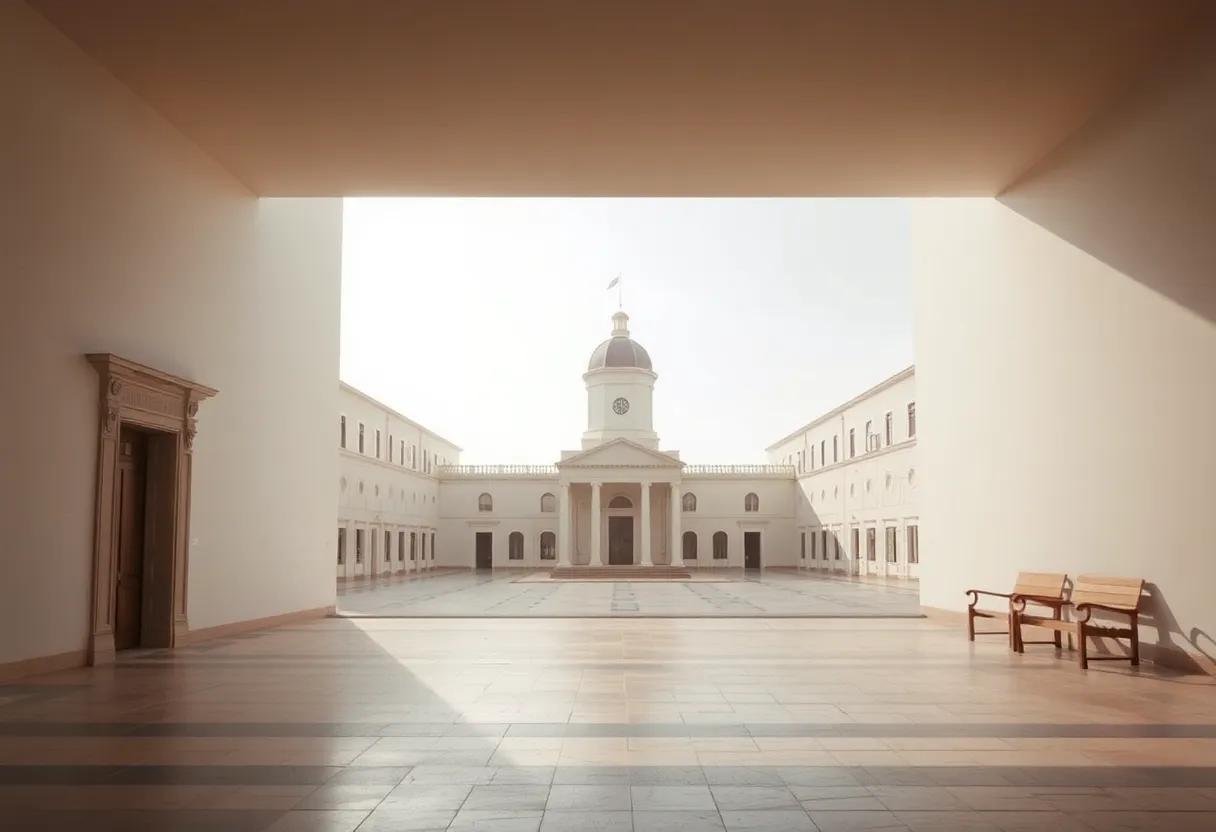
In La Ciudad y los Perros, Vargas llosa masterfully employs symbolism to peel back the layers of brutal discipline and psychological torment within the Peruvian military academy. The academy itself is more than just a physical space; it stands as a metaphor for a rigid society suffocating its youth beneath expectations of conformity and obedience.Objects such as the notorious “Jaguar’s” knife or the literal walls of the barracks resonate beyond their immediate presence, representing the ever-present threat of violence and the claustrophobic restrictions on individuality. These symbols weave a tapestry of fear and submission that traps the cadets not only within the academy’s grounds but within their own minds.
The setting complements and intensifies this atmosphere by grounding the narrative in a restless, oppressive environment where every corridor and dormitory echoes with the cadets’ despair. The academy’s physical design-constricted spaces,dim lighting,and cold stone walls-mirrors the students’ internal struggle and resignation. This environment breeds a hierarchy soaked in aggression, where power is violently enforced and mercy is conspicuously absent. The following summary highlights key elements of setting that amplify the novel’s tension:
- Claustrophobic quarters: Emphasize confinement and psychological pressure
- Dim, shadowy lighting: Symbolizes the moral ambiguity and fear
- Harsh natural surroundings: Reflect the unforgiving nature of the institution
- Echoing hallways: Serve as a reminder of constant surveillance and control
| Setting Element | symbolic meaning |
|---|---|
| Barbed Wire Fence | Barrier between freedom and oppression |
| Military uniforms | Loss of personal identity |
| cadet Rituals | Perpetuation of violence and hierarchy |
| Schoolyard | Microcosm of societal power struggles |
Analyzing Narrative Techniques and Multiple Perspectives That Enhance Immersion and Reader engagement

Vargas Llosa masterfully employs a multi-voiced narrative structure that plunges readers into the raw, often brutal reality of the Leoncio Prado Military Academy.By intertwining the perspectives of various cadets and authority figures, the novel achieves a kaleidoscopic view of institutional oppression and personal despair. Each character’s unique voice creates a mosaic of conscience and conflict, which not only intensifies the emotional depth but also captures the fractured realities within the academy’s walls. This approach allows readers to experience the story from diverse psychological and social standpoints-invoking empathy, tension, and a profound sense of immersion.
Apart from multiple viewpoints, the narrative utilizes temporal shifts and flashbacks to peel back layers of each character’s history, motivations, and insecurities.This nonlinear chronology challenges the reader to actively piece together the timeline, effectively drawing them deeper into the story’s complex weave. Consider the following techniques that contribute to this immersive experience:
- Stream of consciousness: Revealing inner thoughts with immediacy
- Fragmented narrative: Presenting disjointed episodes to mimic confusion and trauma
- Shifting focalization: Changing narrative focus to highlight contrasting viewpoints
| Technique | Effect on Reader | Example |
|---|---|---|
| Multiple Perspectives | Builds empathy and complexity | Cadenillas vs. Jaguar’s viewpoints |
| Nonlinear Timeline | Engages active reconstruction | Flashbacks revealing backstories |
| Stream of Consciousness | Immerses reader in character psyche | Ciro’s internal doubts and fears |
Social Critique and Political Commentary Embedded Within the Story’s Portrayal of Authoritarian Institutions
Vargas Llosa’s narrative masterfully dissects the oppressive machinery of authoritarian institutions, transforming the military academy in La Ciudad y los Perros into a microcosm of repressive political regimes. Through the brutal discipline and dehumanizing rituals imposed on cadets, the story unveils the suffocating grip of power structures that thrive on fear and conformity. The novel doesn’t merely depict a school; it exposes a system designed to crush individuality and enforce obedience, reflecting wider societal mechanisms where authority silences dissent and cultivates despair.
The characters’ struggles symbolize larger political realities, with their acts of rebellion and submission mirroring the tensions faced by citizens under oppressive governance. Within this framework, Vargas Llosa critiques not only the institution itself but the cultural complicity that perpetuates such brutal hierarchies. Consider the following key elements embedded in the story:
- Ritualized Violence: A tool for maintaining control and spreading paranoia among the cadets.
- Uniformity Over Identity: Suppression of personal expression to create a monolithic, docile populace.
- Code of Silence: Institutional complicity enforced through fear and loyalty to the system.
| Institutional Element | Function | Broader Societal Implication |
|---|---|---|
| Disciplinary Measures | Instill obedience | Normalization of authoritarian control |
| Social hierarchies | Enforce power dynamics | Perpetuation of inequality |
| Surveillance | Create paranoia | Self-censorship and mistrust |
Comparing La Ciudad y los Perros With Contemporary Latin American Literature on Militarism and Society
Vargas Llosa’s depiction of the military academy in La Ciudad y los Perros resonates with many modern Latin American narratives that explore the darker facets of militarism and its grip on society. Unlike works that romanticize military valor,Llosa unveils a world where discipline morphs into oppression,and camaraderie is tainted by fear and betrayal. In contrast to contemporaries who might focus on political upheavals or external conflicts, this novel dives deeply into the suffocating internal dynamics of authoritarian spaces, exposing the psychological toll on youth caught in a system designed to break individuality.
When juxtaposed with other Latin American literature addressing militarism, several themes emerge distinctly in Llosa’s work:
- The personal cost of institutional brutality: The novel captures the erosion of innocence and the rise of cynicism within rigid hierarchies.
- The critique of machismo culture: Through its characters, the story criticizes moral decay masked as masculine pride.
- Social stratification in military settings: It reflects broader class tensions prevalent in Latin American societies during the era.
| Literary Work | focus on Militarism | Social Commentary |
|---|---|---|
| La Ciudad y los Perros | Institutional cruelty and discipline | Class and machismo critique |
| El Señor Presidente | Authoritarian dictatorship | Political repression and fear |
| Los Cachorros | Youth and violence | Innocence lost to societal pressure |
Recommendations for Readers Interested in Psychological Drama, Historical Context, and Sociopolitical Themes
for those captivated by the intricate interplay of inner turmoil and external pressures, novels that dissect the human psyche through the lens of psychological drama are a treasure trove. Works that delve beneath the surface of characters’ minds, revealing repressed fears and suppressed desires, enrich the reading experience by offering a profound emotional resonance. Authors like Fyodor Dostoevsky, Ian McEwan, and Toni morrison masterfully navigate these turbulent mental landscapes, making their stories compelling companions for readers inspired by Vargas Llosa’s intense exploration of discipline and despair.
Complementing this depth of character study, historical context and sociopolitical frameworks provide a fertile ground for understanding the forces that shape individual destinies. Literature that incorporates political oppression, class struggles, or authoritarian regimes offers a mirror reflecting society’s triumphs and failings – a perspective essential for readers intrigued by the setting of La Ciudad y los Perros. Here are some thought-provoking picks to further explore these themes:
- “One Hundred Years of Solitude” by Gabriel García Márquez – Blending magical realism with Colombia’s complex history.
- “The Plague” by Albert Camus - An allegory of human resilience under crisis and the existential dread of societal collapse.
- “The Kite Runner” by Khaled Hosseini - A poignant look at personal guilt amidst Afghanistan’s political upheavals.
- “The Master and Margarita” by Mikhail bulgakov – Sharp satire against Soviet repression threaded with moral ambiguity.
| Book | Core Themes | Why it Resonates |
|---|---|---|
| Disgrace | Personal downfall, societal change | Explores power dynamics amid post-apartheid tension |
| All the Light We Cannot See | War, innocence lost | Captures WWII’s impact on youth and humanity |
| The Handmaid’s Tale | Patriarchy, authoritarianism | A chilling dystopia echoing current sociopolitical fears |
The Enduring Relevance of Vargas Llosa’s Debut in Understanding Modern Concepts of Authority and Rebellion
Vargas Llosa’s inaugural novel remains a piercing lens through which the complex dynamics of authority and defiance are examined. Set against the rigid confines of a Peruvian military academy, the narrative exposes how systems of power perpetuate not only discipline but also a pervasive sense of alienation and despair. This duality invites readers to question the legitimacy of imposed order and the human cost of submission. the characters’ subtle acts of rebellion, from whispered secrets to outright sabotage, symbolize a universal struggle against oppressive structures-highlighting how the seeds of resistance grow even in the most regimented environments.
Modern interpretations of power and subversion find rich soil in Vargas Llosa’s vivid portrayal of institutional cruelty intertwined with youthful vulnerability. His debut captures the essence of rebellion not simply as chaos but as a nuanced refusal to accept dehumanization, challenging us to reconsider the balance between control and freedom.Key themes include:
- Authority’s fragility: power is sustained not by force alone but by suppression of dissent.
- Internalized oppression: how the dominated often become enforcers of the system.
- The paradox of rebellion: resistance as both an act of courage and potential self-destruction.
| Theme | Modern Relevance | Narrative Impact |
|---|---|---|
| Mechanics of Control | Echoes in contemporary institutions and political systems | Depicts psychological toll on individuals |
| Resistance and survival | inspires dialogue on civil disobedience and autonomy | Highlights protagonists’ complex motivations |
| Moral ambiguity | Challenges binary perceptions of good vs evil | Adds depth and realism to characters |
Visualizing the Gritty and Claustrophobic World through Artistic Interpretations Inspired by the Novel
Artists who have ventured to depict the unforgiving atmosphere of vargas Llosa’s narrative frequently enough gravitate toward a palette dominated by muted earth tones and stark shadows, emphasizing the gripping tension of the military academy’s oppressive environment. Through distortion and abstraction, visual interpretations translate the characters’ psychological torment and the suffocating layers of discipline into palpable, almost tactile experiences. Brushstrokes mimic the relentless march of authoritarian control, while claustrophobic compositions trap figures within frames that seem barely large enough to contain them, mirroring the novel’s themes of confinement both physical and emotional.
Several creative works excel in capturing the labyrinthine social hierarchy and the brutal erosion of individuality within these walls. Common motifs include:
- Rusting barbed wire as a symbol of entrapment and decay
- Fragmented faces that suggest fractured identities
- Close-up, grainy textures evoking the coarse reality of barrack life
In this way, art assumes the dual role of storyteller and emotional conduit, inviting viewers to witness the raw undercurrents of fear and despair that surge beneath the academy’s rigid facade. The artistic renderings serve not only as homage but also as a powerful extension of Vargas Llosa’s incisive examination of power and submission.
Assessing the Translation’s Effectiveness in Conveying the Original’s Tone, Nuance, and Cultural Specificity
Capturing the dense emotional landscape of la Ciudad y los Perros in translation is a formidable task. Vargas Llosa’s narrative brims with a raw tension and atmospheric grit that define the oppressive military academy setting.The English version manages to echo the original’s brooding despair and institutional rigidity,but some subtle tonal shifts inevitably surface. The translator’s choice to maintain the book’s harsh cadences and fragmented dialogues preserves much of the urgency and unease, yet certain idiomatic expressions and cultural references demonstrate challenges in rendering the precise flavor of Peruvian Spanish.These moments, while not breaking immersion, remind readers of the layered complexity enmeshed in the source text’s local texture.
When evaluating cultural specificity,the translation tactfully balances accessibility with authenticity. It retains the military jargon, social hierarchies, and symbolic motifs central to the narrative’s fabric without relying on glossaries or overt explanations. As an example, institutional rituals and nicknames hold their punch, allowing readers to infer meaning through context. However, some uniquely Peruvian social nuances-such as class stratifications subtly encoded in language use-become slightly muted.A comparison highlights this delicacy:
| Original Term/Expression | Translation | Impact on Cultural Nuance |
|---|---|---|
| “los perros” | “the dogs” | Maintains metaphorical meaning, evokes group identity and disdain. |
| “pituco” | “snob” | Generalized, loses some regional class connotation. |
| Cultural references to Lima | Localized descriptions | Preserves setting but subtle sensory details slightly altered. |
- Strengths: Retains emotional tension, military slang, and narrative pacing.
- Limitations: Minor dilution of localized socio-cultural cues and idiomatic richness.
- Overall: A deft balance between fidelity and readability for a global audience.
How La Ciudad y los Perros Has Influenced Contemporary Writers and Sparked Academic Discussions Worldwide
La Ciudad y los Perros has left an indelible mark on contemporary literature, inspiring a generation of writers to probe the complex intersections of power, identity, and societal constraints. Vargas Llosa’s raw depiction of hierarchical brutality within the military academy transcends its setting, becoming a universal metaphor that many authors have embraced to explore themes of institutional oppression and personal rebellion. writers from Latin America to Europe and beyond credit the novel’s unflinching narrative style and psychological depth as catalysts for their own storytelling approaches, encouraging a bold confrontation with uncomfortable truths.
Academically, the novel has ignited robust discussions across disciplines, fostering diverse analytical frameworks from post-colonial theory to psychoanalytic criticism. Seminar rooms and journals frequently spotlight its nuanced examination of toxic masculinity and authoritarian regimes, generating rich debates. below is a brief overview of key academic themes sparked by the novel:
| Theme | Description | Scholarly Focus |
|---|---|---|
| Discipline and Control | The use of institutional rules to shape and constrain identity | Sociological and Political Analysis |
| Masculinity and Violence | Exploration of aggressive rites and male bonding under pressure | Gender Studies and Psychology |
| Resistance and Rebellion | Acts of subversion against rigid hierarchies | Literary and Cultural Criticism |
These multifaceted discussions highlight not only the artistic merit of vargas Llosa’s work but also its role as a conduit for ongoing reflection on societal structures, making it a perpetual point of reference in both literary and academic arenas worldwide.
A Closer Look at Mario Vargas Llosa’s Early Career and His Development Into a Literary Icon of Latin America
Mario Vargas Llosa’s early literary journey was marked by a profound exploration of the tension between discipline and rebellion, themes that would become signature elements in his later works. His debut novel revealed a young writer unafraid to dissect the oppressive structures of society,particularly within the suffocating walls of a military academy,which served as both a literal and symbolic battleground. This formative period not only honed his narrative voice but also established his reputation as a sharp social critic with an unwavering commitment to truth and psychological complexity. The book’s unrelenting portrayal of brutality, camaraderie, and moral ambiguity reflected a boldness rare for a first-time author, signaling the emergence of a literary force destined to redefine Latin American letters.
In examining the elements that propelled Vargas Llosa from promising novelist to cultural icon, several key aspects emerge:
- Character Complexity: Early protagonists are flawed and deeply human, grappling with authority and identity.
- Narrative Innovation: use of multiple perspectives and fragmented timelines creates immersive storytelling.
- Political Undertones: Subtle yet incisive critique of authoritarianism and institutional decay.
Together, these components forged a new path for Latin American literature, branching away from magical realism and rooting itself in raw social realities and existential dilemmas.
| Early Works | Key Themes | Literary Techniques |
|---|---|---|
| La Ciudad y los Perros (1963) | Authority, violence, alienation | multiple viewpoints, nonlinear narrative |
| La Casa Verde (1966) | Cultural clash, corruption | Interwoven storylines, rich symbolism |
In navigating the labyrinthine corridors of “La Ciudad y los Perros,” Vargas Llosa unveils a world where discipline strangles innocence and despair silently festers beneath rigid order. this review has merely scratched the surface of a novel that challenges readers to confront uncomfortable truths about authority, identity, and rebellion. Whether hailed as a piercing social critique or a haunting narrative of youth in turmoil, the book undeniably leaves an indelible mark. As the final pages close, one is left pondering the delicate balance between structure and freedom-and the human cost when that balance is shattered.

